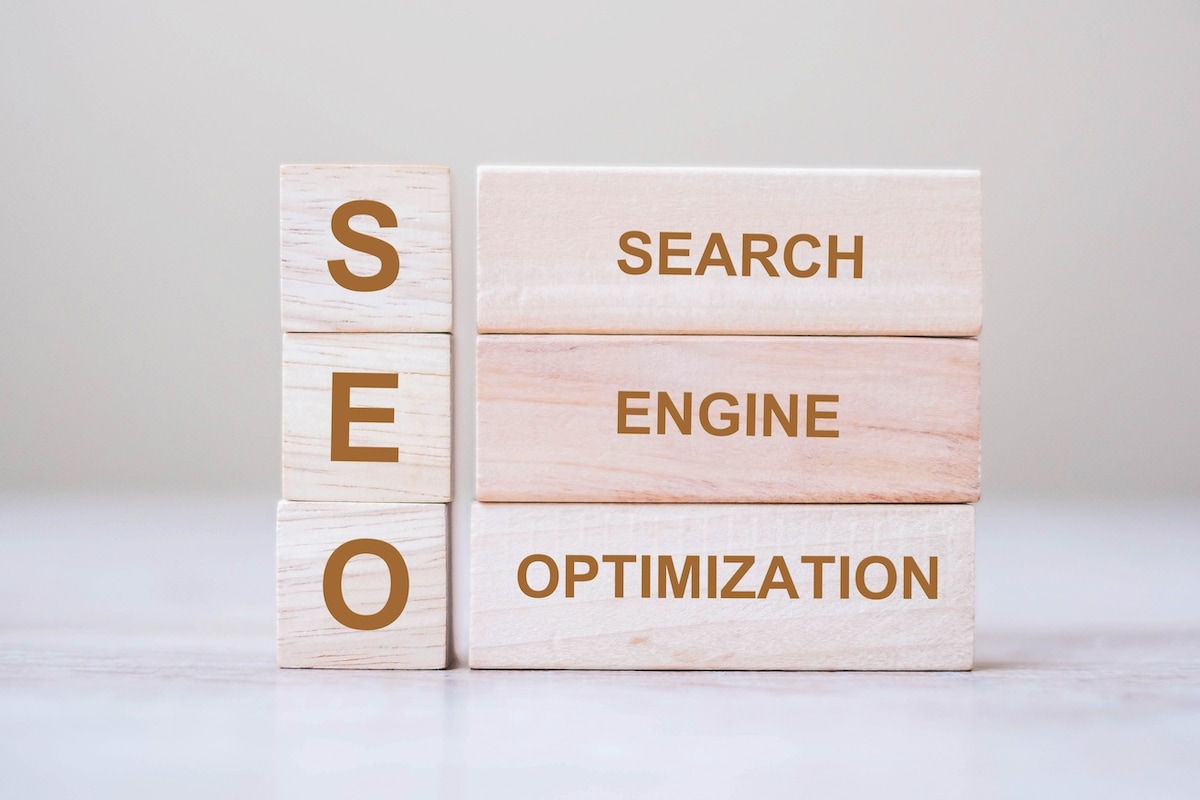All those who, in life, have to do with a website or a blog cannot ignore the presence and importance of SEO. Even today, this web marketing technique appears as something mysterious, accessible to a select few, while search engine optimization is so important that anyone should know what it consists of and how it works.
The SEO language, in fact, is decisive in the positioning of a site or an e-commerce among the first results offered by search engines. Having a well-designed site, with perfect content, but invisible to Google leads nowhere (though less to sales or conversions).
SEO is fully part of the marketing techniques that must absolutely be foreseen and put into practice to increase the visibility of a website, accompany users in their navigation and generate qualified traffic.
What is SEO
Nowadays you can no longer run away, or pretend nothing happened; you need to know the meaning of SEO, understand its importance and apply it on your e-commerce or website.
SEO, an acronym for Search Engine Optimization, is the set of activities aimed at improving the positioning (ranking) of a site or web page for certain keywords (keyword) in the results provided by a search engine (Search Engine Result Page or SERPs).
Fonte: glossariomarketing.it
More simply, SEO encompasses various strategies aimed at the visibility of a website with the aim of improving its positioning on search engines through specific keywords used by users.
How to do effective SEO
Let’s get to the point: how do you put effective and performing SEO strategies into practice?
Keyword research
In the meantime, it must be emphasized that optimization is divided into off-site SEO and on-site SEO and that any strategy starts from a very specific point: keyword analysis.

Keyword research takes place through tools made available by professional SEO tools, such as SeoZoom, SemRush, AnswerThePublic and many others. During the research phase it is important to keep in mind that generic keywords are not enough to obtain positioning on the first page, but it is also necessary to take into account long tail keywords.
The term was introduced in 2006 by Anderson, according to which quality traffic can only be obtained if all the keywords describing a product/service are taken into consideration, so as to respond to those users who carry out specific searches and not generic.
Audit and backlink analysis
SEO activities do not only involve the textual aspect, but also the structural aspect of a blog or website: HTML code, incoming links (backlinks), outgoing links and internal links. Specifically, the number and quality of backlinks are relevant for positioning: the more contacts you have with other sites, the more Google will appreciate their authority.
Another aspect not to be underestimated is the SEO audit, a complete analysis of the site that helps to detect problems and critical issues in order to find the best solutions to facilitate user navigation and please Google.
Scanning and indexing
The ball then passes into the hands of the search engine, which implements purely technical scanning and indexing procedures: through the crawler (internal robot software) everything that is inside a website is scanned, the data is read and collected within the search engine database and, after being sorted, they are returned taking into account the keywords used daily by users.
SEO, in this phase, serves to facilitate the crawler’s task.
Positioning
At this point the SERP comes into play, i.e. the personalized ranking based on the user and his research, so much so that it is based on over 200 different factors. The ranking is updated according to user feedback, who propose new topics to Google to include.
It is a very delicate technical procedure and, often, difficult to understand; just think that the structure of the algorithm that regulates all this is secret, therefore a well-positioned site today may not be so too tomorrow.
Content reading
Since the contents of a website must be read by the search engine, they must be written in its language, i.e. JS, HTML and CSS. Attention is not always paid to this aspect, but it is important to get help from professionals in the sector so that all existing contents, numbers included, are readable and understandable by the search engine.
At the same time, it is also necessary to optimize the internal links (which connect a content to other contents present within the same site), the meta descriptions (which intrigue the user already in the research phase) and the headings, i.e. the titles.
SEO and SEM: the differences
Finally, it may be useful to underline the differences between SEO and SEM which, in some cases, can be used improperly and erroneously as synonyms.

Let’s assume that search engines deal with two types of traffic:
- organic traffic, which comes from the search results that the engine extracts based on the quality and relevance of the websites;
- paid traffic, which comes from advertisements that are activated in relation to user search queries (questions).
Having said that, SEO deals with improving the positioning of sites and content in unpaid results, while SEM refers to paid content. In particular:
SEM, in full Search Engine Marketing, is the branch of digital marketing that deals with developing and maintaining the visibility of websites within search engines. The term SEM is used in current language above all to indicate sponsored advertising campaigns on search engines and, in particular, keyword advertising which is used to generate qualified traffic towards the advertiser's website. In fact, it provides for the paid insertion of text references to a company or product, within a search engine, displayed in correspondence with the typing of specific words or key phrases (keywords) by users.
Fonte: glossariomarketing.it
Furthermore, SEO needs time to show results and cannot always guarantee them, but when it reaches objectives it maintains them in the long term; SEM, on the other hand, offers immediate and safe results but it is necessary to make a considerable economic investment.
If you want to learn more about SEO, check out our article on existing types.

